The Wool Wire | February 7, 2024
Must-see TV, a mill changes hands, woolens get their wash, the connection between keratin and diabetes, 3D printing with wool, and breathing new life into old breeds

News snippets from the wool world
Hello, my friends!
We begin with some breaking news from the Pacific Northwest. Our textile supply chain is so small, the loss of even one important link can leave a gaping hole. After 10 years in business, Lydia and Alan Christiansen have decided to close their Abundant Earth Fiber Mill.
But wait! This story has a happy ending. At the end of this month, their mill equipment is headed to Jess and Anna at Skagit Woolen. They already offer wool roving and pelletizing services, but the arrival of the Abundant Earth equipment will allow them to add yarn to their offerings. Congratulations to all, and thank you for keeping that chain strong!
Speaking of passing the torch, I have a link for you at the end of this newsletter. It made me laugh and cry and feel empowered and hopeful for the future of small sheep farms.
There's no business like snow business...
Last week we got a pleasant amount of fresh, clean snow here in Maine. And when I see fresh snow, my mind goes not only to sledding and snowball fights, but to laundry. If you haven't tried it already, washing your woolens in snow can be a transcendent experience—so much so, in fact, that I made a whole Wool Short on the subject.
While we're on the subject of laundry, most of you probably already know that wool doesn't require washing nearly as often as synthetic fibers. But one video recently went viral on TikTok after its creator claimed she only washed her clothes once a year.
@cydney214 I wash my clothes once a year #clothingcare #satisfyingvideo #slowfashionmovement #woolcare #vintagewool #vintageclothingcare #vintagefashion #cleaningwool
♬ Before You Wake Up - Sundarsono
To be fair, she was talking about her woolens—but you have to watch the video to find this out. Normally I'm opposed to clickbait, but I fully support this one since it helps people take better care of their clothing and do fewer loads of laundry.
I told you wool was healthy...
Here's a pretty extraordinary bit of research out of New Zealand. We know that wool is approximately 95% keratin. But did you know that keratin derived from sheep's wool may help influence how the body responds to insulin?

“It was an out there idea, but we wanted to trial edible keratin protein derived from sheep’s wool which is particularly rich in cysteine, glycine and arginine which are important for insulin to function,” says Professor David Rowlands from Massey University’s School of Sport, Exercise and Nutrition.
Should further research continue to back this up, wool could offer a breakthrough for people with diabetes.
One couch, coming up
We've seen 3D printing being used for prosthetics, space rocket engines, and even houses. Now, Dutch designer Christien Meindertsma has developed a robot that works similarly to a 3D printer to build up layers and layers of wool into three-dimensional "woven volumes."
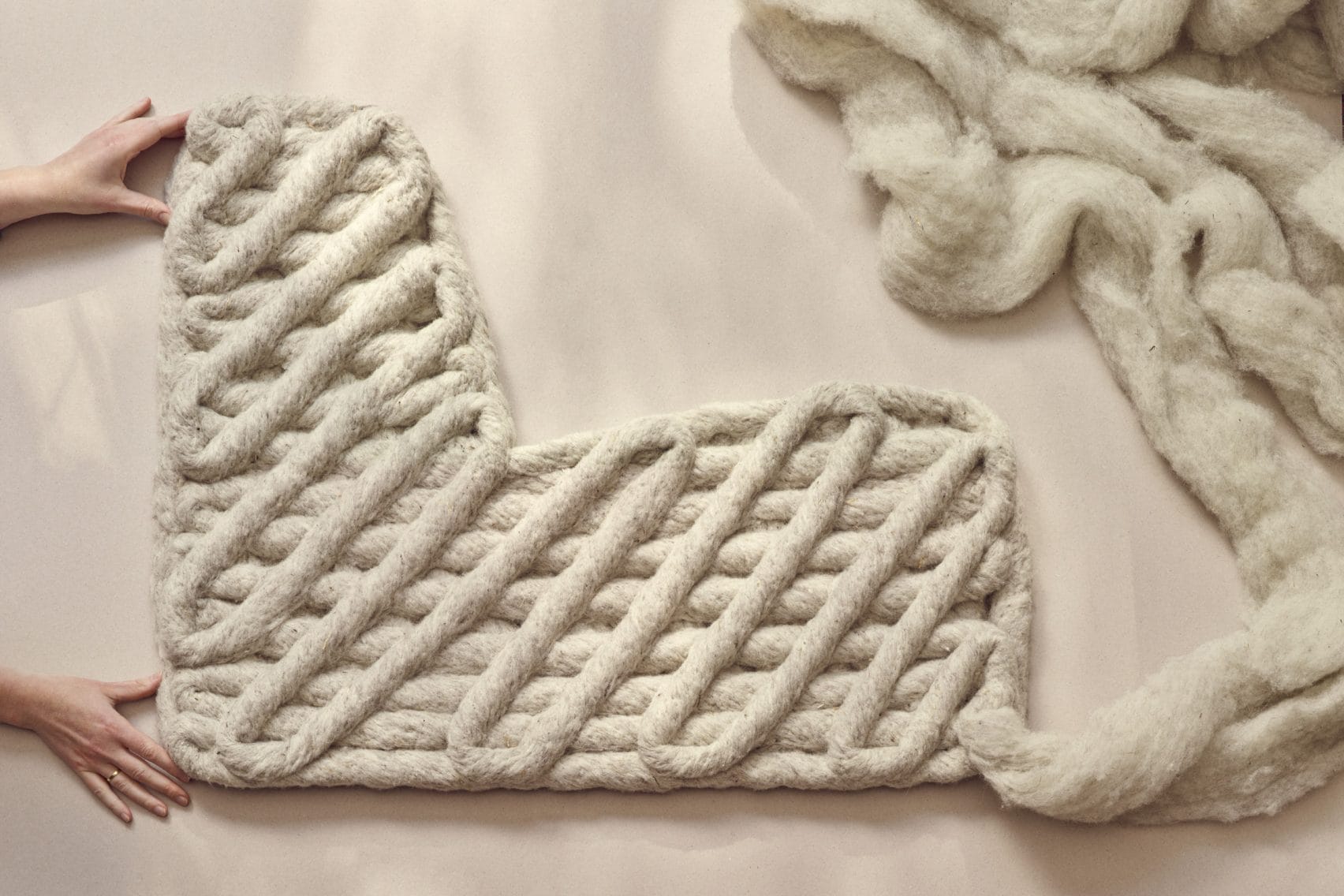
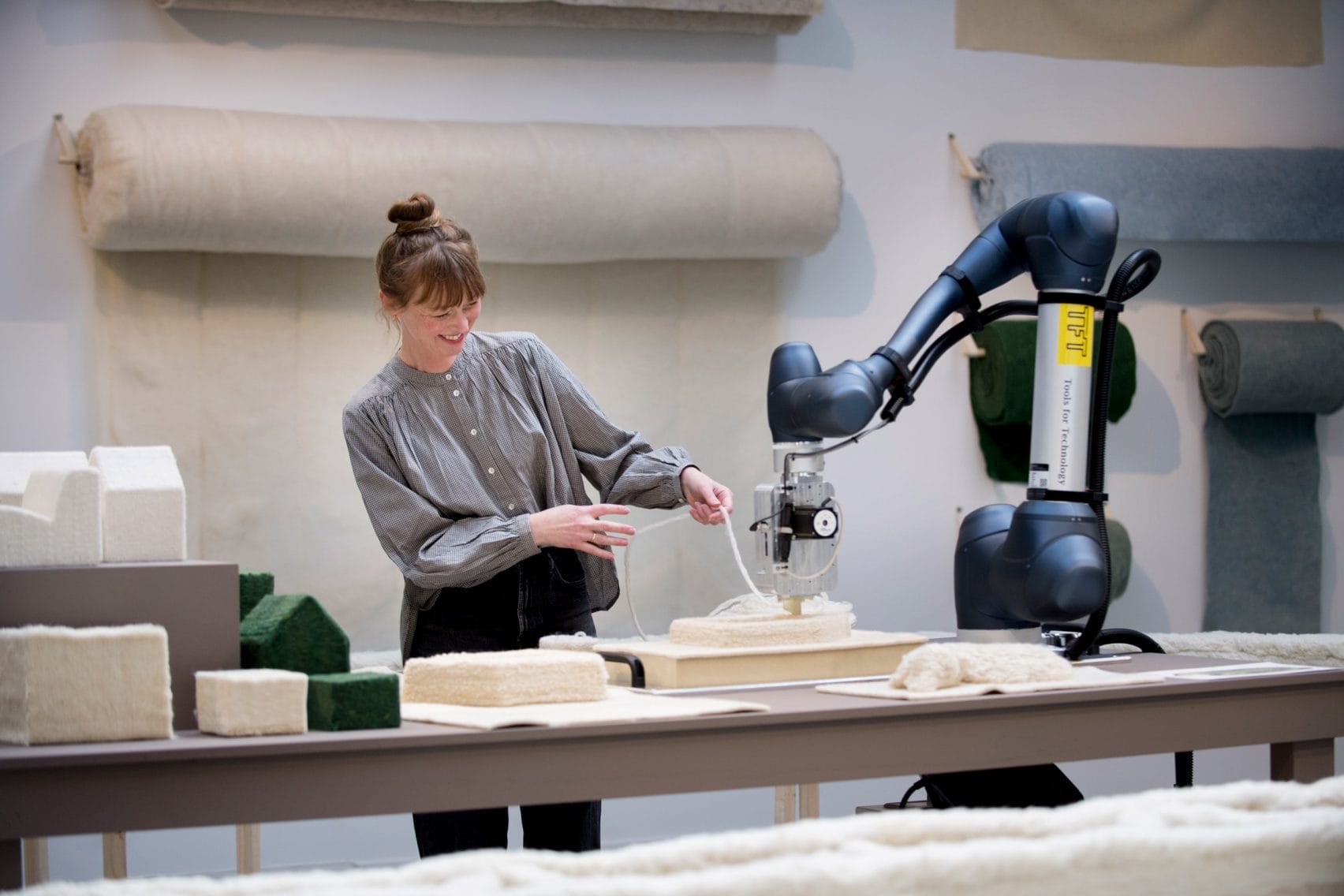
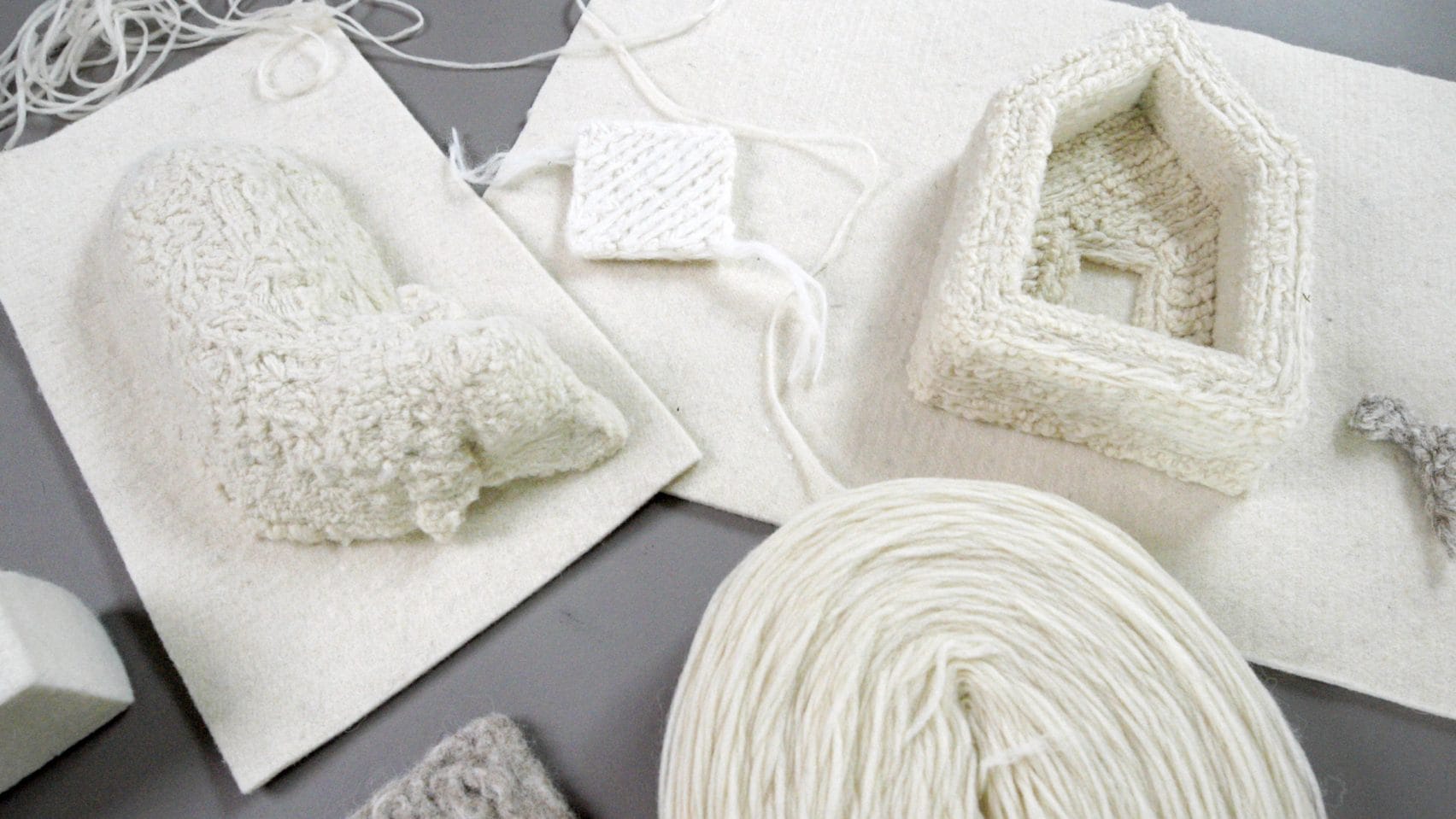
Meindertsma and her robot. // Photos by Mathijs Labadie and Roel van Tour for Meindertsma
The robot, which Meindertsma has dubbed the Flocks Wobot, can be used to "print" everything from furniture to acoustic panels and insulation.
And best of all...
"It's a technique you can use with any European wool," the designer told Dezeen. "The wool doesn't have to be particularly fine and it doesn't even need to be processed, just washed."
Considering how much coarse wool the world's sheep produce, Meindertsma's invention could be a game changer.
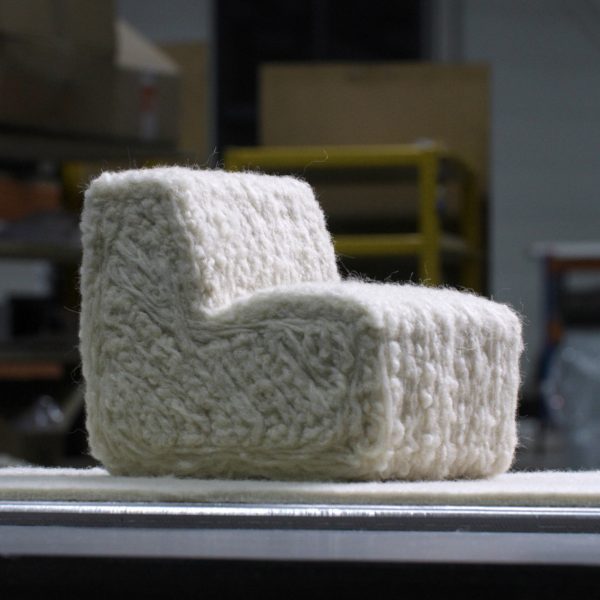
Breathing new life into old breeds
While we're on the subject of adding value to wools that are traditionally considered more coarse, a Scottish startup is committed to breathing new life into an iconic sheep breed.
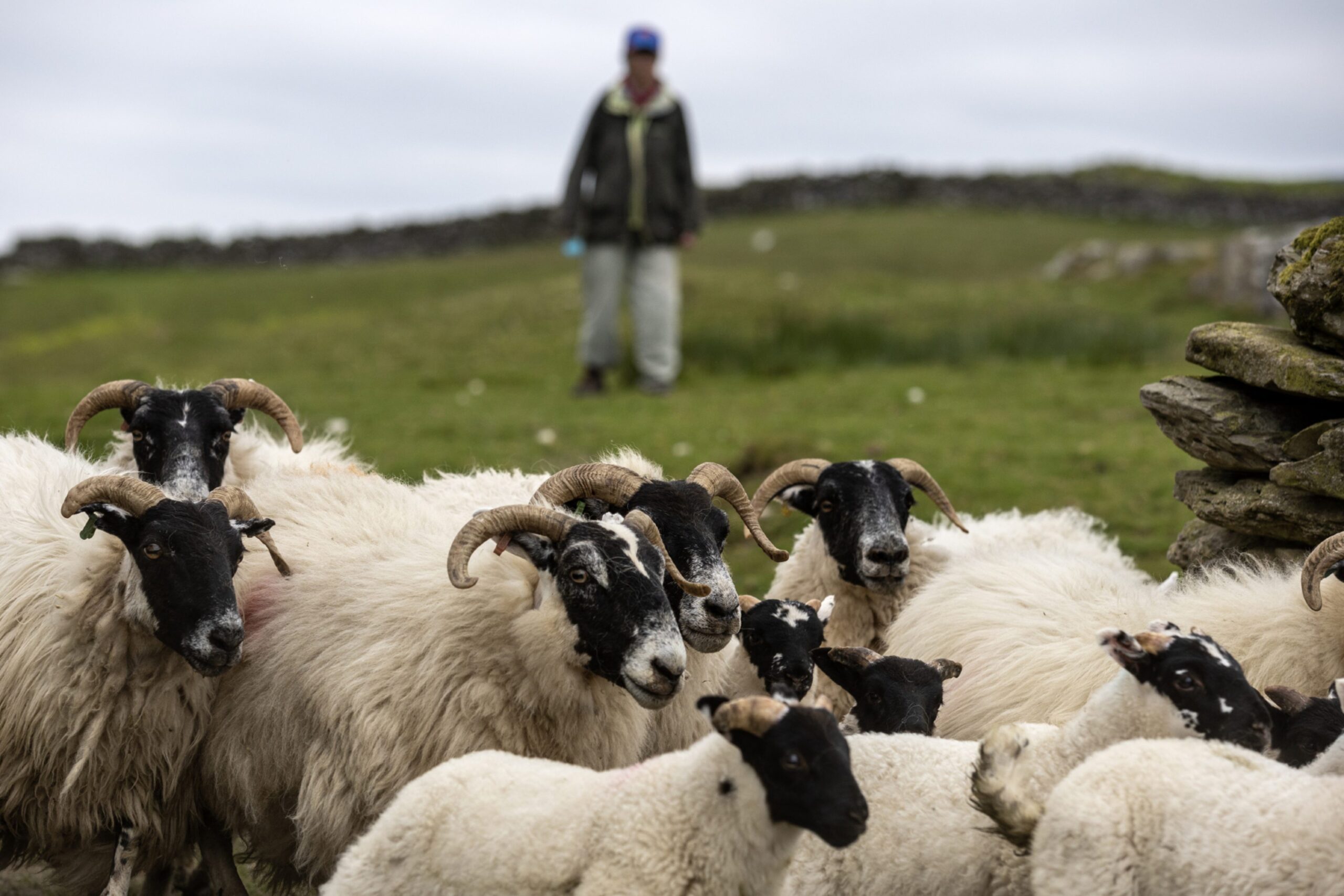
The initial campaign met its crowdfunding goals in December but has added stretch goals for anyone who would still like to support the project.
Working closely with British wool and local farmers, the Merrick project marries fashion and farming, and promotes a circular economy.
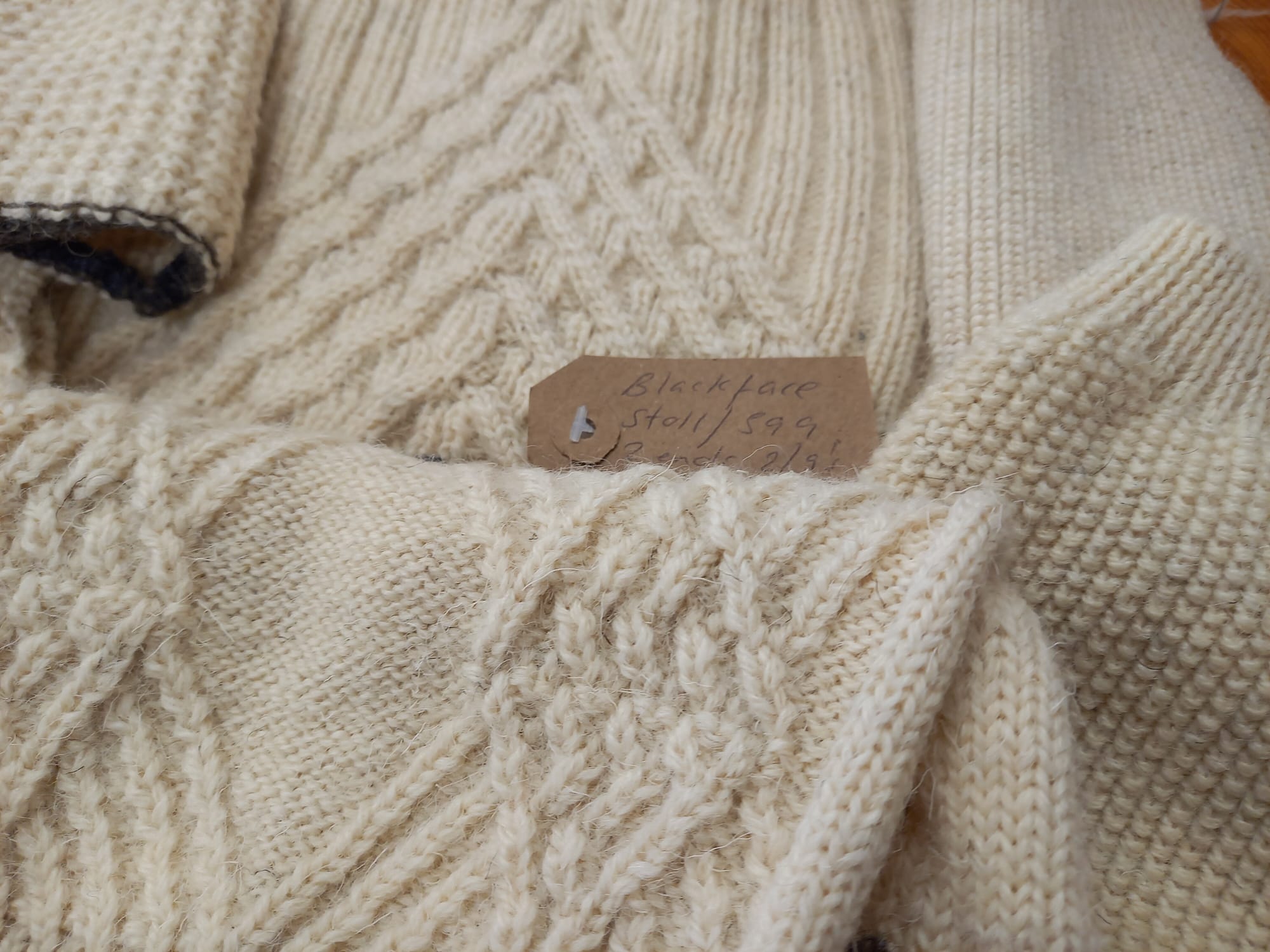
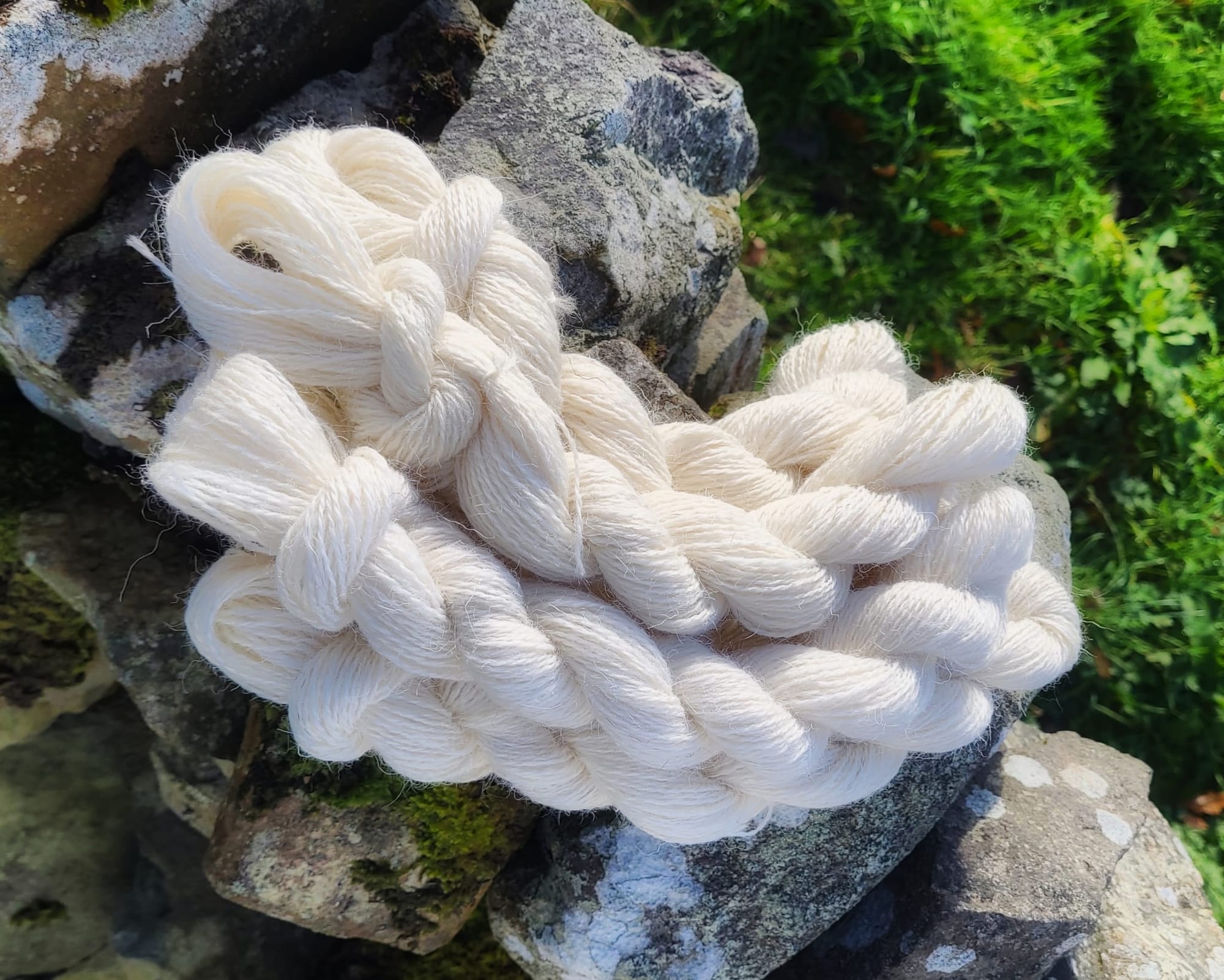
Images from Merrick Scottish Blackface Knitwear
While still in its early days, the project underscores the potential of all kinds of wool for fashion.
Make time for Rowdy Flock
You definitely want to carve 23 minutes out of your day for Rebekka Nystabakk's new documentary, "Rowdy Flock." It follows the transition of a small sheep farm from father to daughter, north of the Arctic Circle in Norway.
It's utterly gorgeous, unexpectedly moving, and offers a powerful vision for the future of small farms. (Here's the back story.)
On that note, I'll let you get back to your day.
Thanks as always for your readership and your support.
Until next time,
Clara






